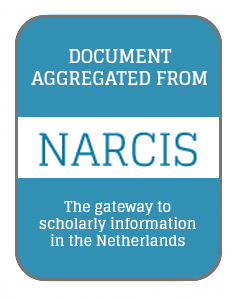Resource information
The Land Administration Domain Model (LADM) is one of the first ISO spatial domain standards, and has been proven one of the best candidates for unambiguously representing 3D Rights, Restrictions and Responsibilities. Consequently, multiple LADM-based country profile implementations have been developed since the approval of LADM as an ISO standard; however, there is still a gap for technical implementations. This paper summarizes LADM implementation approaches distilled from relevant publications available to date. Models based on land administration standards do focus on the legal aspects of urban structures; however, the juridical boundaries in 3D are sometimes (partly) bound by the corresponding physical objects, leading to ambiguous situations. To that end, more integrated approaches are being developed at a conceptual level, and it is evident that the evaluation and validation of 3D legal and physical models—both separately and together in the form of an integrated model—is vital. This paper briefly presents the different approaches to legal and physical integration that have been developed in the last decade, while the need for more explicit relationships between legal and physical notions is highlighted. In this regard, recent experience gained from implementing INTERLIS, the Swiss standard that enables land information system communications, in LADM-based country profiles, suggests the possibility of an integrated LADM/INTERLIS approach. Considering semantic interoperability within integrated models, the need for more formal semantics is underlined by introducing formalization of code lists and explicit definition of constraints. Last but not least, the first results of case studies based on the generic LADM/INTERLIS approach are presented.


